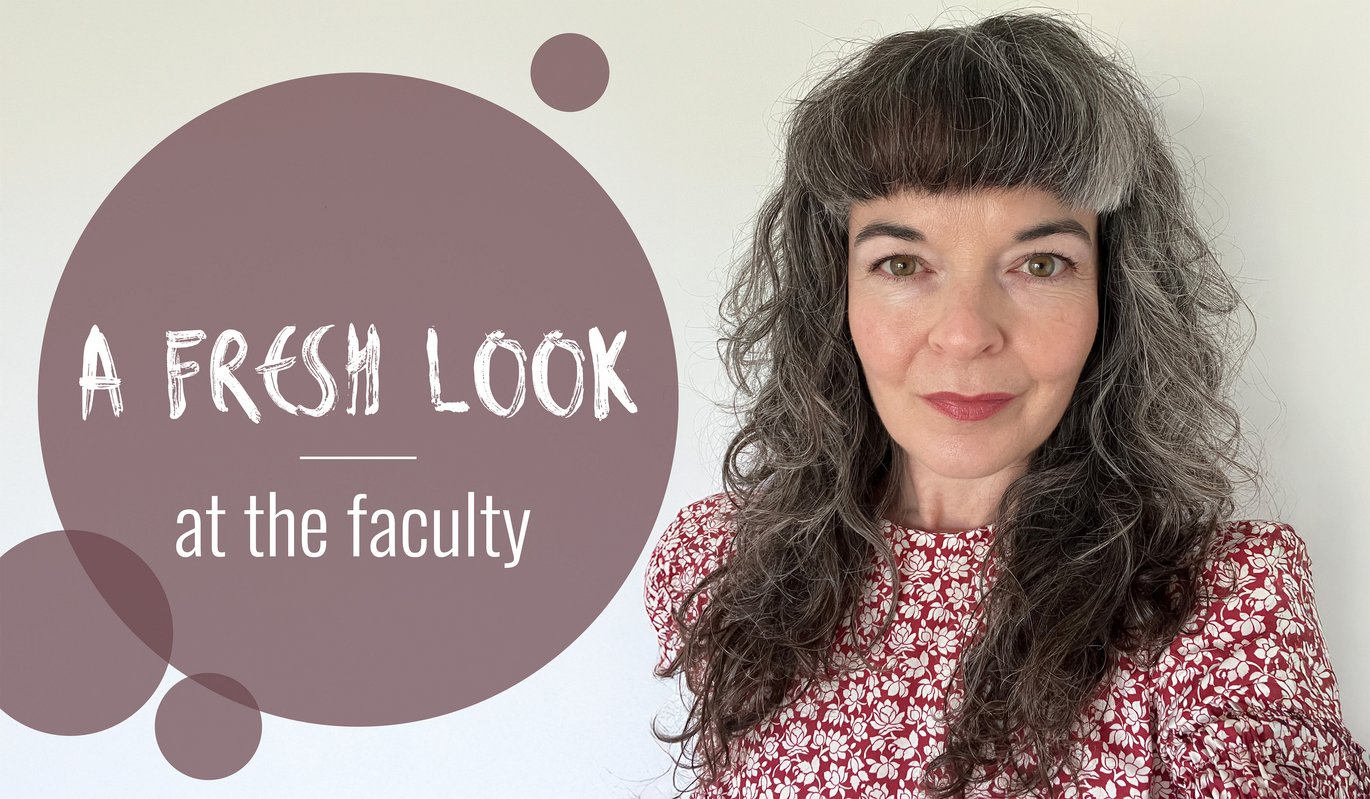“Health has created a culture where people continuously learn from one another"
It was the faculty’s focus on interdisciplinarity that attracted American researcher Stephanie Lee Ellison when she chose to become a guest researcher at Health in late summer 2024

Who is Stephanie L. Ellison?
Nationality
American (Los Angeles, CA)
Affiliation
Started a short research stay in August 2024, during which she developed a PhD project. The appointment ended at the turn of the year.
Position
Guest researcher at Bright – The Medical Humanities Research Platform and the Interacting Minds Centre.
Research area
With a background in anthropology and movement studies, Stephanie L. Ellison investigates the rhythms of bodily interaction and communication in clinical medical environments.
Previous position
In recent years, she has traveled across the EU and the UK to pursue a master’s degree with Choreomundus—a consortium of four European universities—where she studied movement and dance practices as intangible cultural heritage. She has also worked as a movement and Pilates instructor for over 25 years, both in the U.S. and abroad, including in rehabilitation and academic settings.
Why did you apply for a position at Health?
After completing my master’s degree, I wanted to use my interdisciplinary knowledge to create positive change within institutional settings. Aarhus University and Health attracted me because of its renowned interdisciplinary research environment and its innovative approach that crosses disciplinary boundaries. I’m particularly drawn to the combination of the humanities and medical sciences.
What have been the highlights and challenges of being a guest researcher at Health?
What has made the biggest impression on me is the vast scope and diversity of the research here. It’s inspiring to see so many innovative projects gathered under one roof and how collaborations emerge across different fields. It’s fascinating how Health unites various approaches and fosters a culture where people continuously learn from one another.
A challenge—though also a rewarding learning experience—has been navigating the many research units and understanding how all the pieces fit together. At the same time, it’s been a pleasure to experience how welcoming my colleagues are—I truly feel part of the community and have the opportunity to contribute my own perspectives.
How does Health differ from your previous experiences, and what do you value most in your work life?
Here, researchers don’t work in silos but in an environment where experts from different disciplines contribute to joint projects. This creates a unique synergy and openness to new perspectives and methods. There is also a strong social cohesion, which makes it easy to feel at home, even as an international researcher.
I particularly value collaboration, support, and a shared curiosity for new knowledge. For me, it’s important to work in a place where new ideas are welcomed, and where people support each other both professionally and socially. This makes the work meaningful and motivates me to contribute actively. At Health, I feel I can fully use my background as both an anthropologist and a movement researcher.
What have you brought from your previous experience, and how do you contribute to Health?
With my background in movement education and anthropology, I bring a creative and embodied perspective on health and well-being. I study how social and physical rhythms affect communication and relationships in clinical environments. Having taught movement and rehabilitation for many years, I’ve learned how the body communicates in subtle ways that are often overlooked in traditional health science studies. This perspective can help improve the interaction between patients and healthcare professionals.
In addition, I contribute international experience from both the U.S. and Europe, which gives me a broad outlook on research and collaboration.
What Is your advice to international colleagues who have recently joined Health?
Be open to reaching out to others, even if you think their research doesn’t overlap with yours. It can lead to interesting exchanges and new perspectives. People here are welcoming, and it’s a fantastic environment for idea development and collaboration.